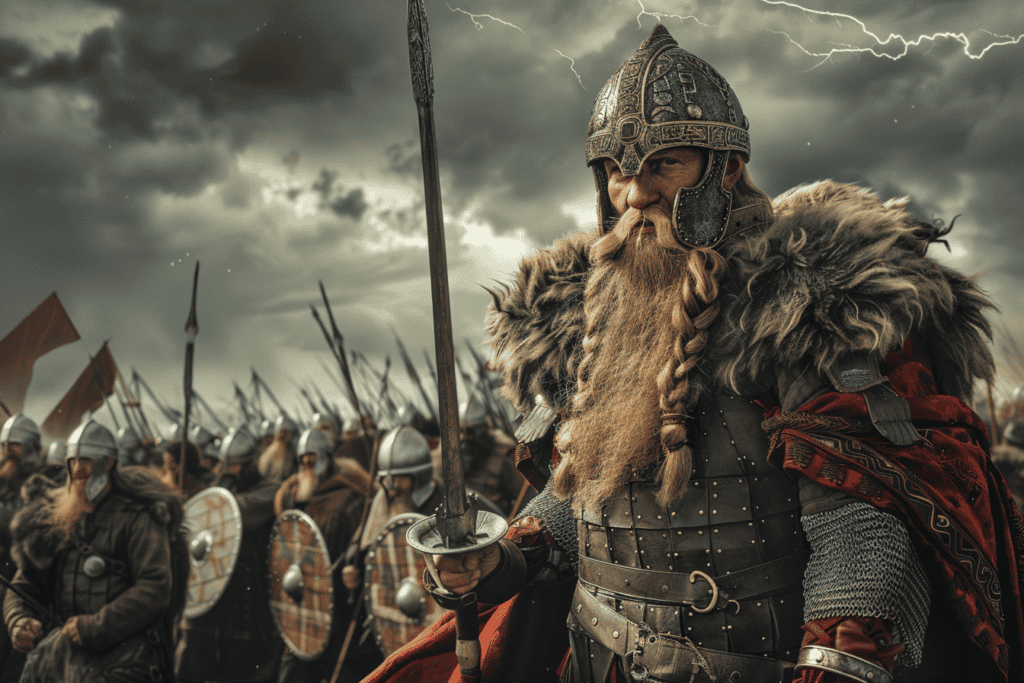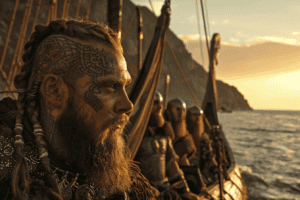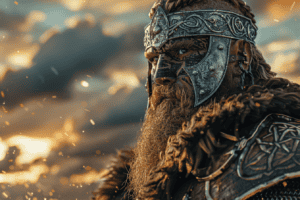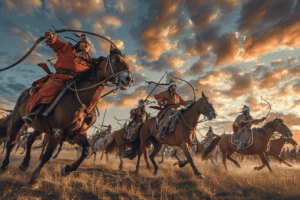The Battle of Brávellir is one of the most famous battles in Viking history.
It is a legendary battle that has shaped Norse mythology and has been the subject of many stories and songs.

The battle was fought in the late 8th century between the forces of two legendary Viking chieftains, Þórólfr and Óláfr. It is said to have been one of the bloodiest battles in Viking history.
The Battle of Brávellir is significant for several reasons. First and foremost, it is a legendary battle that has been immortalized in Norse mythology.
The battle is said to have been fought between two legendary Viking chieftains, Þórólfr and Óláfr, and is said to have been one of the bloodiest battles in Viking history.
The battle is also significant because it marks the end of the Viking Age in Scandinavia. After the battle, the Vikings began to settle down and adopt Christianity, and the Viking Age came to an end.
The Legendary Kings: Sigurd Hring and Harald Wartooth

The Battle of Brávellir is said to have taken place in the mid-8th century and is retold in several sources such as the Norse sagas Hervarar saga ok Heiðreks, Bósa saga ok Herrauðs, and Sögubrot af nokkrum fornkonungum.
The battle is most extensively described in the nationalistic Danish history Gesta Danorum of Saxo Grammaticus.
According to these sources, the battle was fought between two legendary kings, Sigurd Hring and Harald Wartooth.
Sigurd Hring was a powerful king who ruled over the Swedes, the Geats, and the Danes. He was known for his military prowess and his ability to unite the various tribes of Scandinavia. Harald Wartooth, on the other hand, was a legendary king of Denmark who was said to have been descended from the god Odin. He was known for his ferocity in battle and his ability to lead his warriors to victory.
The Role of Sagas in Norse History
The Battle of Brávellir is one of the most famous battles of legendary Scandinavia, but its current use in Old Norse studies is as evidence of Odin’s fickle nature. After favoring the Danish king Haraldr hilditunn all his life, Odin withdraws his help when Haraldr is an old man on the battle. The battle is also an important part of Norse mythology and is retold in many of the sagas, which are a collection of stories and legends from Norse history.
These sagas played an important role in preserving the history and culture of the Norse people, and they continue to be studied and enjoyed today.
The Epic Battle Unfolds

The two armies were massive, consisting of approximately 40,000 warriors each. The Swedish army was also said to have had a fleet of ships and longships, which they used to transport their troops across the sea.
The battle was not only fought by regular soldiers, but also by legendary heroes and warriors. One such hero was Egil the Bald, who was said to have fought on the side of the Swedish army. Shieldmaidens, female warriors who fought alongside men, were also said to have participated in the battle.
The armies used a variety of tactics and weaponry during the battle. The Swedish army was said to have used chariots, which they used to charge into the Danish lines. They also used clubs and shields to fight in close combat.
The Danish army, on the other hand, was said to have used a shield wall formation, which was a defensive tactic that involved soldiers standing close together with their shields overlapping to form a wall.
The Influence on Norse Mythology

The Battle of Brávellir, though not as well-known as other Viking battles, had a significant impact on Norse mythology.
It is said that many of the warriors who fought in the battle were chosen by Odin to go to Valhalla, the great hall of the slain. This event is believed to have inspired the concept of the Valkyries, female figures who chose the bravest warriors to be taken to Valhalla.
The battle also features in several Norse sagas, including the Saga of the Ynglings and the Saga of the Skjoldungs.
These sagas describe the battle in great detail, including the heroic deeds of the warriors who fought on both sides. The battle has become a symbol of Viking bravery and honor, and is often referenced in modern popular culture.
Transition of Power and Political Impact
The Battle of Brávellir marked a significant shift in power in Danish history. The battle was fought between the forces of Sigurd Hring, the sovereign ruler of Denmark, and Harald Wartooth, a powerful Viking chieftain.
The battle ended in a stalemate, and both sides suffered heavy losses.
After the battle, Harald Wartooth emerged as the dominant force in Danish politics. He went on to become one of the most powerful Viking rulers of his time, and his reign is considered a turning point in Danish history.
The Battle of Brávellir is also significant because it is one of the few Viking battles to be recorded in historical sources. The Danish historian Saxo Grammaticus wrote about the battle in his Gesta Danorum, providing valuable insight into the political and military landscape of the Viking Age.










Add Comment